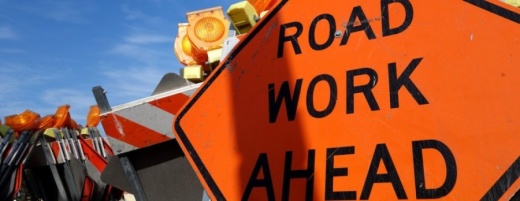After voter approval, the city of Friendswood has finalized the list of streets it will work on throughout the year, with a percentage of sales tax revenue being allocated to street maintenance and reconstruction.
In 2016, the city of Friendswood had an election to allocate a portion of its sales tax revenue to fixing its streets, which voters approved once more in November. A 2018 study by the city looked at every locally controlled street in Friendswood and rated their conditions. The city of Friendswood is not able to repair streets controlled by the Texas Department of Transportation, such as FM 2351, FM 518 or FM 528.
The city tackled some of the streets in the worst condition with the first round of sales tax money. Since the voters approved reauthorizing a portion of sales tax to street repair in November, the city can start prioritizing the next batch of streets that need the most help, Mayor Mike Foreman said.
“I would love to thank the voters for supporting us and coming out to make sure their votes were heard on the street repairs and sales tax,” Foreman said.
The city is expecting to collect $1.7 million in sales tax revenue to allocate toward street repairs in 2021. The city anticipated collecting roughly $1.6 million in sales tax revenue in 2020, but it exceeded expectations and collected $1.8 million.
“Sales tax is increasing in a positive direction, and that’s always good news,” Foreman said.
However, a few of the streets that received maintenance still need to be repaired, as some streets that were repaired last year have already cracked, Engineering Director Jildardo Arias said at a Dec. 8 City Council meeting.
Before voters approved using sales tax revenue for street repairs in 2016, the city allocated a portion of its general fund budget for street repairs. The city would budget roughly $500,000 to street repairs, far less than the $1.6 million-$1.8 million it could have collected over previous years, Foreman said. Not only does the larger amount of money mean the city has a better chance of completing more projects and hiring a contractor, it is also more cost efficient for taxpayers this way, Foreman said.
In fiscal year 2019-20, the city performed maintenance on 1.64 miles of concrete roadway, 103,621 square feet of panel repairs, 5,571 liter feet of curb work, 2,236 square feet of sidewalks and wheelchair ramps, one storm inlet and four sewer manholes.
On its asphalt streets, the city repaired 13.94 miles of asphalt roadway and 4,140 liter feet of curb work and replaced 136 liter feet of culvert pipe.
The city has decided what neighborhood roads it will be repairing in FY 2020-21. The chosen roadways include concrete and asphalt streets throughout the city.





